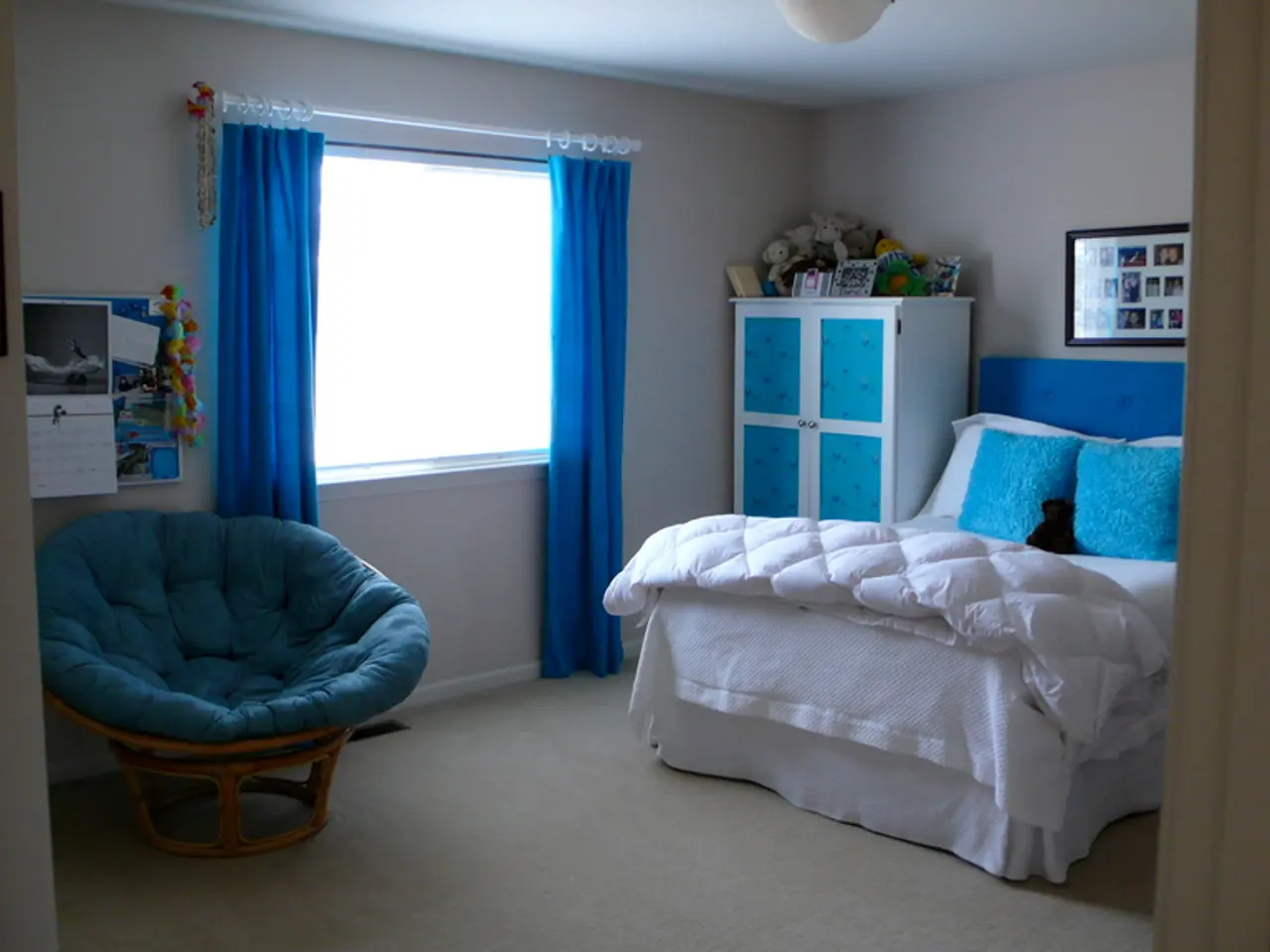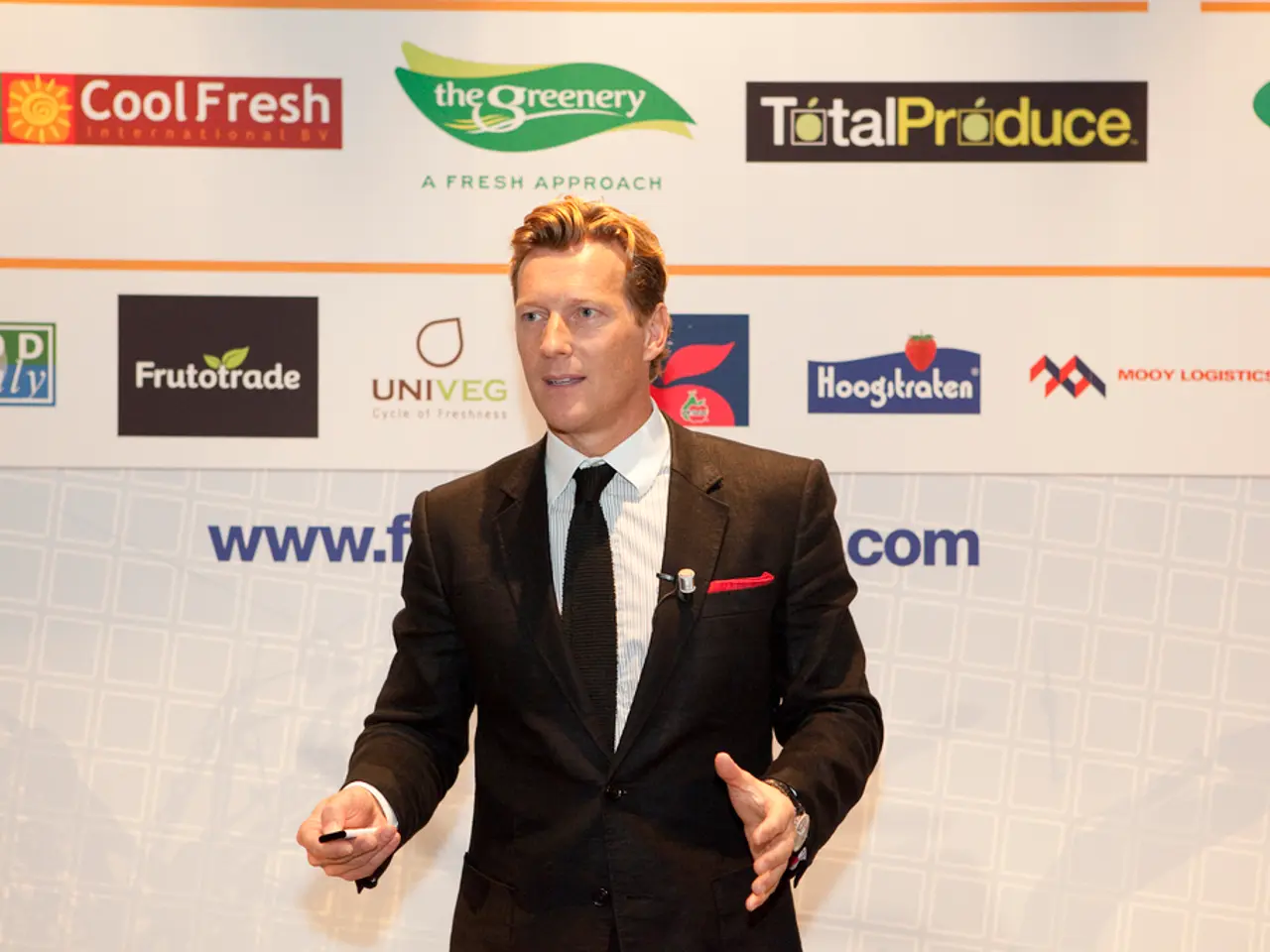Workplace dynamics shifting: is the epoch of rigid office layouts coming to an end?
In the evolving landscape of workspaces, traditional office environments are being replaced by spaces that resemble homes, hotels, and even art galleries. This shift is not just a fleeting trend, but a fundamental change in the way we work and perceive workspaces.
Recent office design trends for 2025 emphasize integrating hospitality elements and promoting fluidity in space usage. This transformation is largely driven by the rise of hybrid work and a focus on employee well-being.
One of the key trends is the hospitality-inspired design, or resimercial, where offices borrow from hospitality and home aesthetics to create inviting, personal, and comfortable environments. This includes amenities like cafés, lounges, green spaces, and wellness areas, enhancing the employee experience and fostering community.
Offices are also moving away from fixed desks and static layouts towards multipurpose, adaptable areas that can shift easily between solo work, collaboration, and social interaction. Modular furniture, sliding partitions, and tech-enabled rooms support this fluidity, reflecting the needs of a hybrid workforce that values choice and adaptability in where and how they work.
Community and social hubs are also becoming a norm in office design, encouraging interaction and a sense of belonging, similar to hospitality settings. Spaces integrate health-centered elements such as ergonomic furniture, air quality monitoring, quiet zones, and wellness programs, creating environments that nurture employee well-being.
Technology integration is another crucial aspect, with offices embedding smart technology seamlessly within furnishings and infrastructure to enhance user experience and support fluid space management.
These trends collectively position the office as a hybrid workplace that feels welcoming like a hospitality setting while being highly adaptable and technology-enabled to facilitate diverse work modes and highlight employee well-being.
Molteni&C, a renowned Italian furniture manufacturer, has embraced this shift by unveiling Palazzo Molteni as its new flagship in Milan. Serving as a showroom, event space, brand home, and workspace, Palazzo Molteni is more of a lifestyle experience than a store. The interior resembles a luxurious urban villa, providing a residential feel that is becoming increasingly common in modern workspaces.
Similarly, Danish fashion brand Rains is bringing its warehouse and distribution facilities to the forefront in its new headquarters in Aarhus. The blend of creative and logistical centers enriches the experience for the company's employees, demonstrating that even industrial spaces can be transformed into inviting and productive work environments.
The societal shift following the pandemic has significantly influenced this transition towards more fluid designs. The drive for efficiency and frugality in the face of sustainability and financial challenges is a significant factor. The era of prescriptive design is over, with flexibility becoming the norm across various disciplines.
Derwent London, a property development and investment company, has launched a series of club lounges as a workspace innovation, aiming to bring a hospitality element to the workplace. This approach reflects the growing demand for workspaces that offer more than just a desk and a chair.
Quality workspace now comes from service, amenity, and community, in addition to physical aesthetic, according to Emily Prideaux, the company's executive director. This shift towards resimercial design and adaptable offices is a testament to the changing needs and expectations of the modern workforce.
As we move forward, it's clear that workspaces will continue to evolve, blurring the lines between residential, hospitality, and office environments. The office of the future will be a welcoming, adaptable, and technology-enabled space that prioritizes employee well-being and fosters a sense of community.
- The office design trends in 2025 incorporate elements from various industries, such as finance, to promote a hospitality-inspired atmosphere that focuses on employee well-being.
- With the rise of hybrid work, investment in fashion-and-beauty brands, like Danish fashion brand Rains, is refurbishing industrial spaces to create inviting work environments.
- Technology integration is playing a crucial role in these transformations, enabling wealth-management firms and businesses to invest in smart technology and create technology-enabled spaces for fluid space management.
- Education-and-self-development organizations can benefit from these trends as well, as they foster a learning environment that is similar to a residential or hotel setting.
- Home-and-garden enthusiasts may also find inspiration in the evolving office landscape, as the boundary between residential and office spaces becomes increasingly blurred.




